NASA's Parker Solar Probe to help understand geomagnetic storms, prevent internet apocalypse
NASA's Parker Solar Probe (PSP) has gathered crucial data that will help understand how Sun sparks geomagnetic storms. It could even help prevent an internet apocalypse.
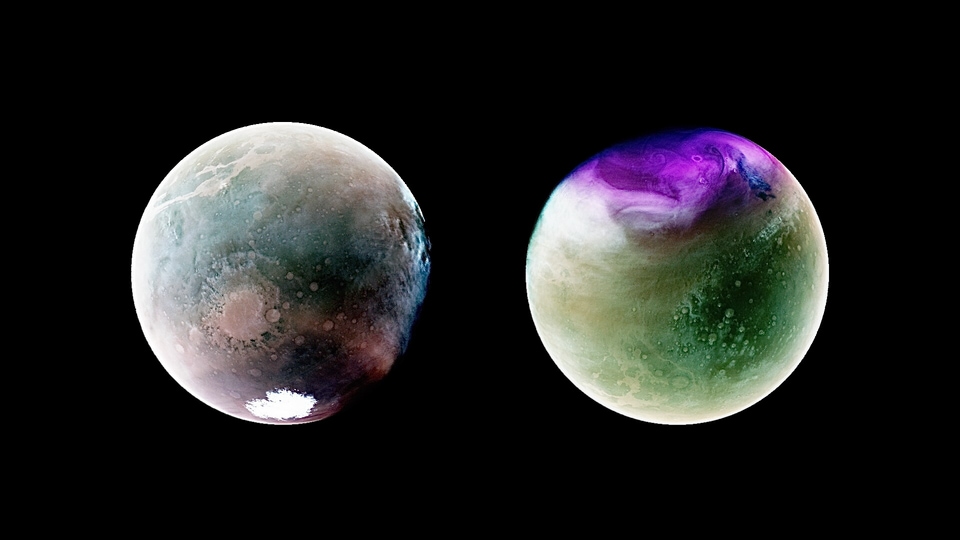
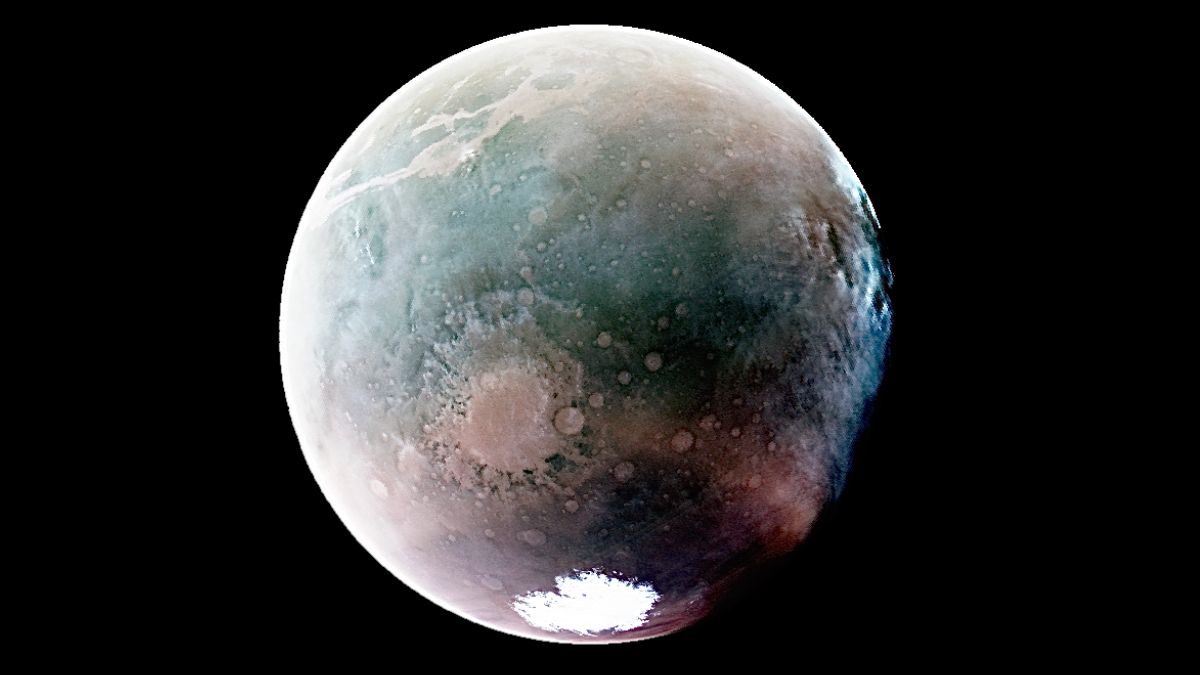
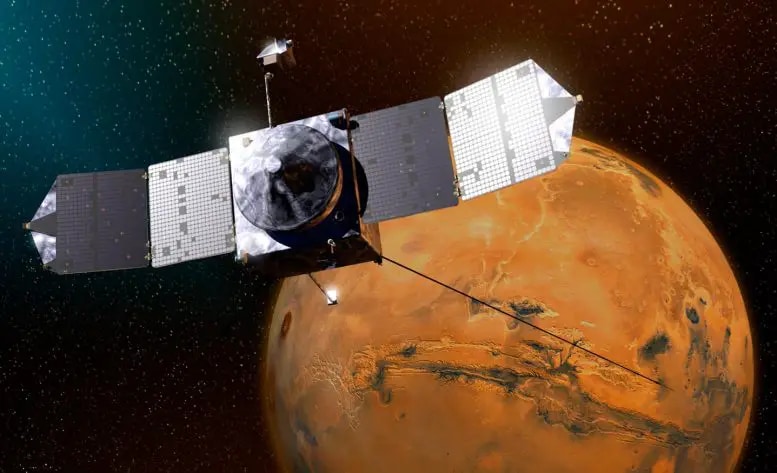
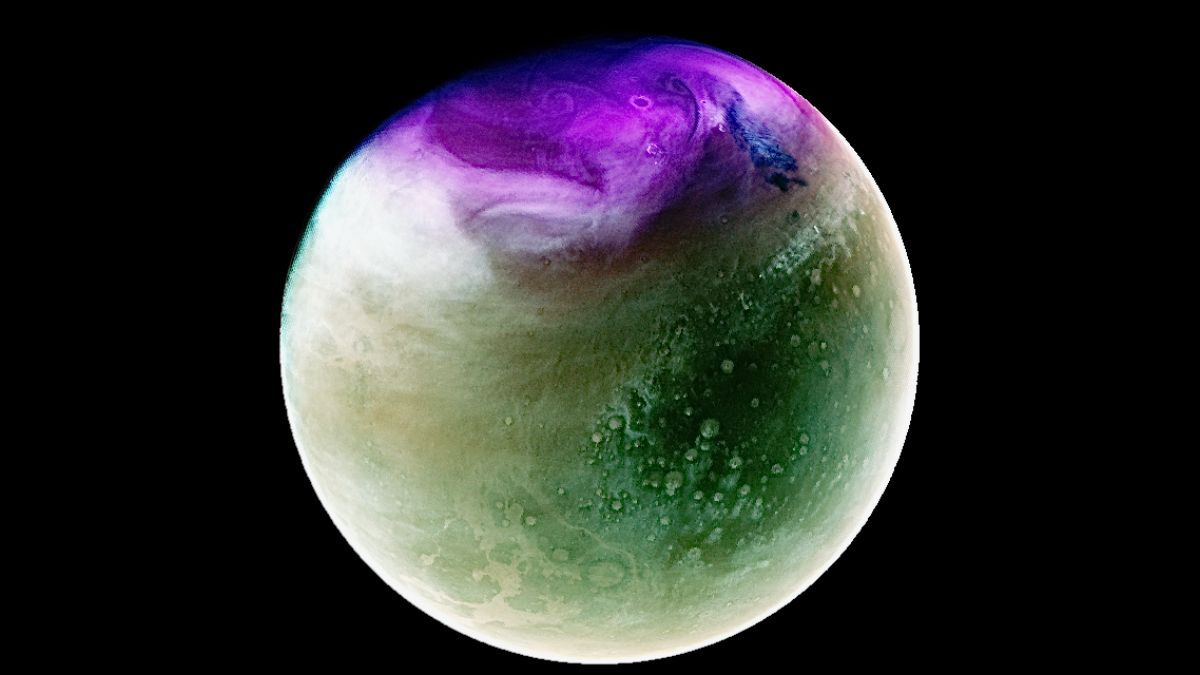
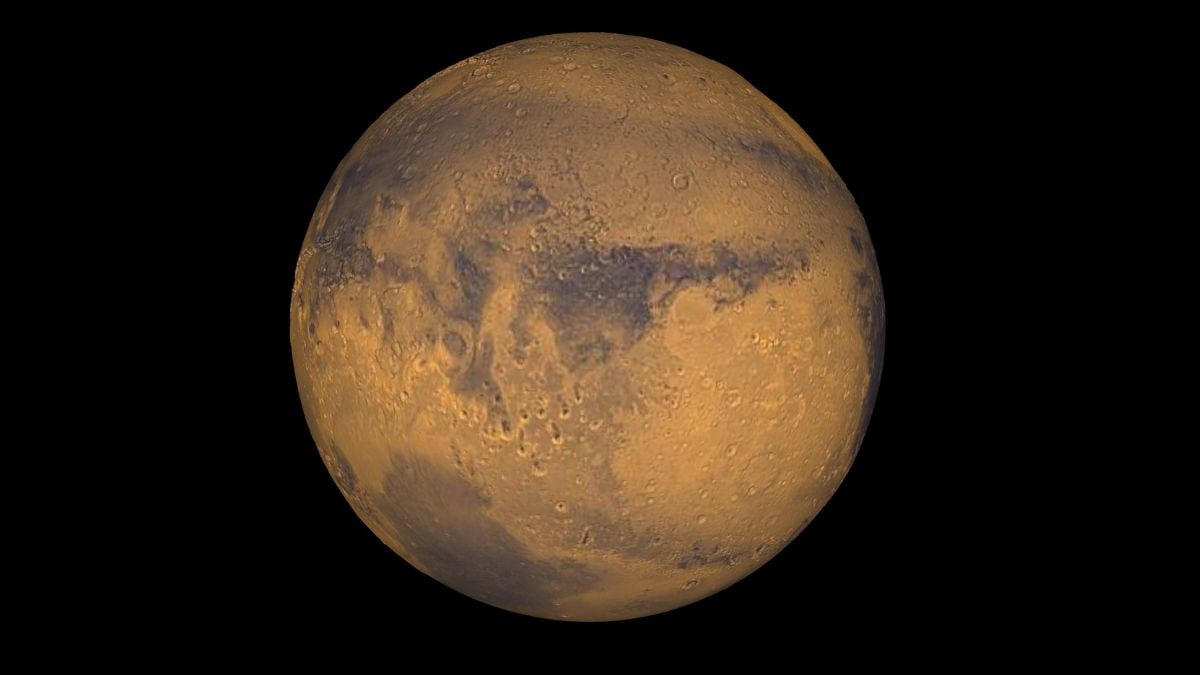
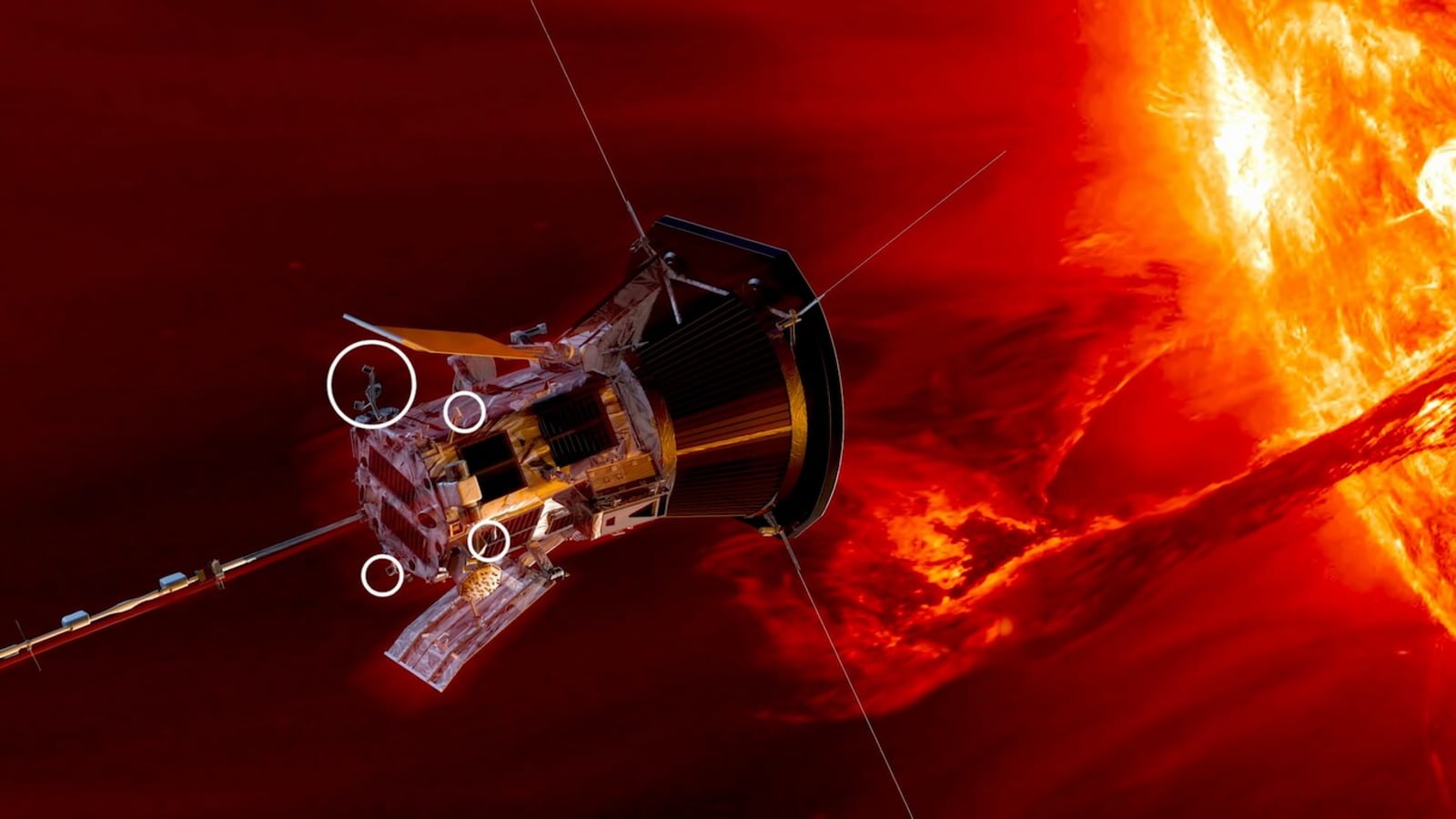
 View all Images
View all ImagesNASA's Parker Solar Probe (PSP) has gathered crucial data that could help prevent a potential internet apocalypse caused by solar storms. A recent study reveals that understanding the origin of solar wind is essential in predicting these storms, which can have devastating effects on satellites, the electrical grid, and communication networks on Earth. The research team suggests that fast solar winds are produced through a process called magnetic reconnection, where magnetic fields on the sun create solar storms that strike the Earth's magnetosphere, as per Hothardware reports. When this happens, it sparks geomagnetic storms on Earth and that can cripple satellites, Internet, power grids, radio communications and more on Earth.
Geomagnetic storms also generate the fascinating auroras. Scientists have expressed concern about a possible internet apocalypse that could knock out the internet for months or even years. Notably, NASA's Parker Solar Probe data will help reveal the mysteries of the Sun's corona and solar wind and perhaps even lead to better understanding of how the entire process works and to lessen the impact..
The research team, coordinated by Stuart D. Bale of the University of California, Berkeley, and James Drake of the University of Maryland-College Park, analysed data given by the Parker Solar Probe. They identified high-energy particle streams that correspond to supergranulation flows within coronal holes on the Sun. During the sun's quiet phases, these holes are often found around the poles, preventing the fast solar wind from reaching Earth. However, during the sun's active period every 11 years, these holes appear across the surface, generating bursts of solar wind that can also be directed towards the Earth.
The scientists liken coronal holes to showerheads, with magnetic field lines funnelling into and out of the sun's surface, producing evenly spaced jets. The team believes that magnetic reconnection within these funnel structures is responsible for the energy source of the fast solar wind. This breakthrough provides evidence of the "bundles of magnetic energy associated with the convection flows" and addresses the long-standing mystery of solar wind, Berkeley News reported.
Understanding the mechanism behind the sun's wind is crucial for practical reasons on Earth. It will enhance our ability to predict and mitigate geomagnetic storms that pose a threat to communication networks. The research published in the journal Nature marks a significant step towards comprehending the physical phenomenon driving the solar wind at its source, the corona.
Catch all the Latest Tech News, Mobile News, Laptop News, Gaming news, Wearables News , How To News, also keep up with us on Whatsapp channel,Twitter, Facebook, Google News, and Instagram. For our latest videos, subscribe to our YouTube channel.





























